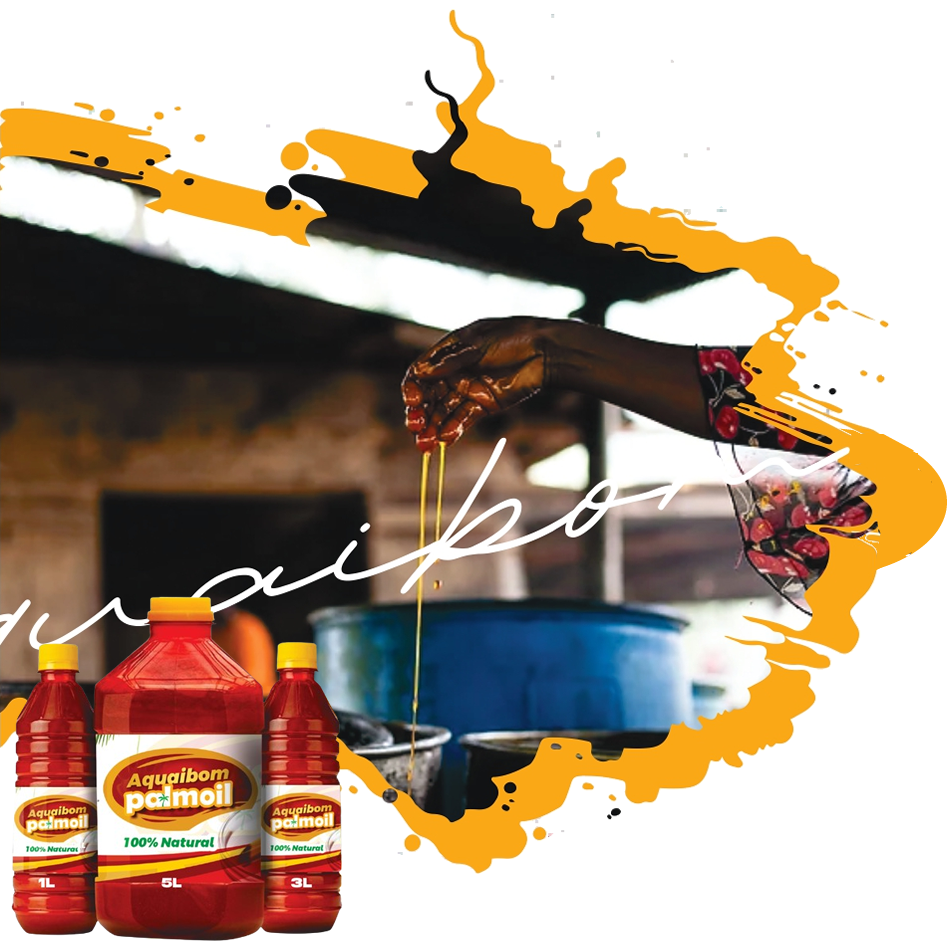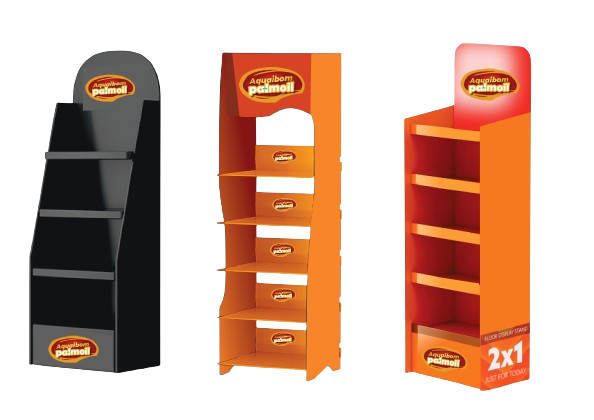

Where Does Palm Oil Come From?

Palm oil primarily is grown in the tropics, the oil palm tree produces high-quality edible vegetable oil used primarily for cooking. It is also used in food products, detergents, cosmetics and, to a small extent, biofuel, it’s found in lipsticks, soaps, detergents and even ice cream.
Palm oil is derived from the mesocarp (reddish pulp) of the fruit of the oil palms. The oil palm tree, scientifically known as Elaeis guineensis, is native to West Africa but has been extensively cultivated in Southeast Asia, Latin America, and other tropical regions due to its high oil yield.
The palm oil industry relies on large plantations to meet the global demand for palm oil. Global production of and demand for palm oil is increasing rapidly. Plantations are spreading across Asia, Africa and Latin America. The biggest global producers of palm oil are Indonesia, who produced 60% of it in 2022, followed by Malaysia, Thailand, and Nigeria.
Palm oil accounted for about 36% of global oils produced from oil crops in 2014. Palm oils are easier to stabilize and maintain quality of flavour and consistency in ultra-processed foods, so are frequently favored by food manufacturers. On average globally, humans consumed 7.7 kg (17 lb) of palm oil per person in 2015.
5 Stages of Palm Oil Production

The first stage of palm oil production begins at the mill, where fresh palm fruit bunches are received and processed. Let’s explore the mill process:
1. Reception: Fresh palm fruit bunches, harvested from oil palm trees, are transported to the mill. At the reception area, the fruit bunches undergo inspection and quality assessment.
2. Sterilization: The fruit bunches are then subjected to sterilization. This process involves the use of highpressure steam, which helps to deactivate enzymes and destroy bacteria, ensuring the preservation of the palm oil’s quality.
3. Threshing: Following sterilization, the sterilized fruit bunches are fed into a thresher, which separates the fruit from the bunch. This results in a mixture of palm fruits and empty fruit bunches (EFBs).
4. Extraction: The separated palm fruits are then processed for oil extraction. The fruits are initially pressed to extract the crude palm oil (CPO). This process separates the oil from the solid components, such as the palm kernel and fiber.
5. Clarification: The extracted crude palm oil contains impurities and non-oil components. To remove these impurities, the CPO undergoes a process called clarification, which involves the use of centrifuges or settling tanks to separate the oil from the water and solids.

Environmental Impact?

The palm oil industry plays a significant role in these tropical countries, where palm oil cultivation supports the local economies and provides employment opportunities for local communities

